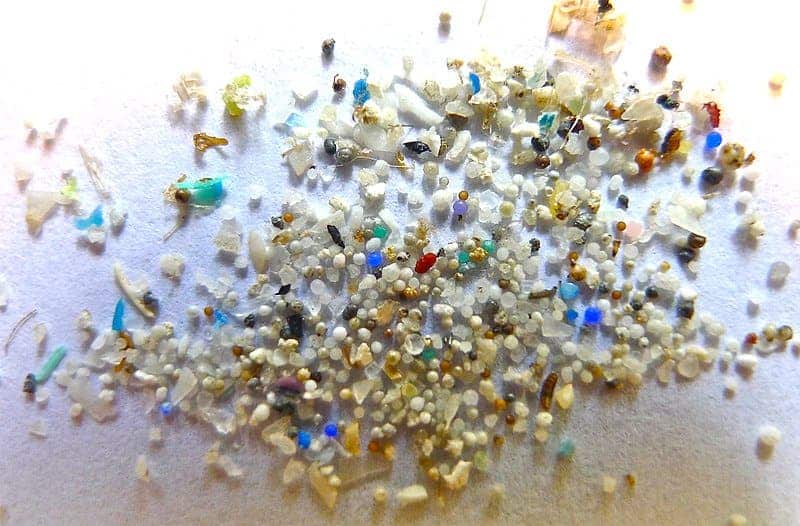By now everyone is aware that plastic pollution is a huge problem and environmental hazard, as evidenced by the countless hours of footage showing plastic-cluttered beaches, massive landfills, and sea animals with clogged stomachs. However, the most pervasive and widespread plastic pollution may be unseen. Tiny pieces of plastic with a diameter of 5 millimeters or smaller, termed microplastics, have been found in the water, air, food, and inside countless species, including humans.
New research adds a new dimension to the extent of microplastic pollution, finding such polymer particles inside the bloodstream of humans for the first time. But despite the shocking discovery, it’s not clear whether they cause any adverse effects on our health.

The findings were reported by a team of researchers led by Professor Dick Vethaak, an ecotoxicologist at Vrije Universiteit Amsterdam in the Netherlands. The scientists adapted an existing technique to detect and analyze particles as small as 0.0007 millimeters, a size range that’s up to 100 times smaller than the width of a strand of hair.
Using this technique, the researchers analyzed blood samples from 22 anonymous donors, all of whom were healthy. They found plastic particles in samples from 17 participants. Half of the blood samples contained PET plastic, the kind normally used in drink bottles. A third of the samples contained polystyrene, the foamy material used to package food and other food products. Polyethylene, the type of plastic used to make carrier bags, was also sure to come up — it was detected in about a quarter of the blood samples.
These findings aren’t all that surprising per se, considering how prevalent microplastics are. The tiny plastic particles are so light they’re effectively airborne, carried by the wind even in the most remote areas of the globe like mountain glaciers and islands in the middle of the Pacific. One 2018 study estimated humans ingest around 100,000 microplastics a year, an amount equal to the weight of one credit card every week.
Some of these microplastics are ingested directly from a variety of sources like the tupperware that we use to wrap food and beverages. Other microplastics reach the human body indirectly, traveling up the food chain. A portion of consumer-grade mussels in Europe could contain about 90 microplastic pieces, according to one study. Consumption can vary greatly between nations and generations, but it seems that avid mussel eaters might eat up to 11,000 microplastics a year.
Microplastics have also been found in canned fish and even in sea salt. One kilogram can contain over 600 microplastics, meaning if you consume the maximum daily intake of 5 grams of salt, that’s equivalent to ingesting three microplastic particles a day. Even mosquitoes ingest microplastics, which move up the food chain after being eaten by other animals. Infants may ingest 10 times the amount of microplastics that adults do, based on a 2021 study, probably due to their greater exposure to baby bottles and toys.
Microplastics were found in the feces of humans, so it was clear they are present in our bodies, but this was the first time that a study showed microplastics can also be found in the bloodstream. That’s definitely concerning, although there’s no way to tell at the moment how our health is affected.
Other studies in the future may assess the damage, if any, but if these particles can travel far and wide throughout the body, carried by the bloodstream, they could reach organs with unforeseen consequences. One major point of concern is the possibility that these microplastics could pass through the blood-brain barrier where they may trigger some diseases. For now, nobody knows but the microplastic problem will only get worse.
Human activity is responsible for producing more than 18 trillion pounds of plastics. By 2040, this figure is set to double, and with it so will the number of microplastics in the air, water, and food we breathe, drink, and eat.
The findings appeared in the journal Exposure and Health.









